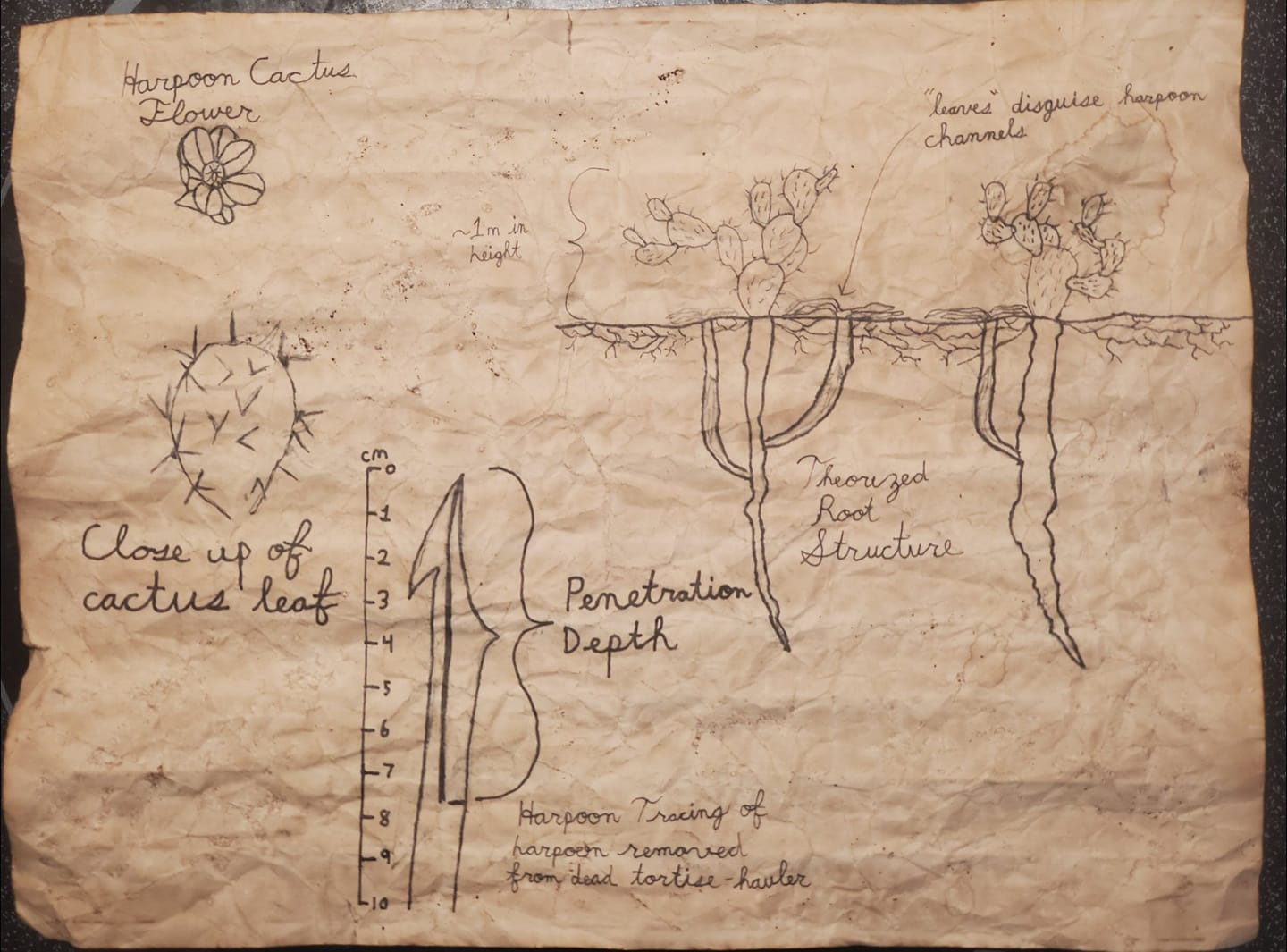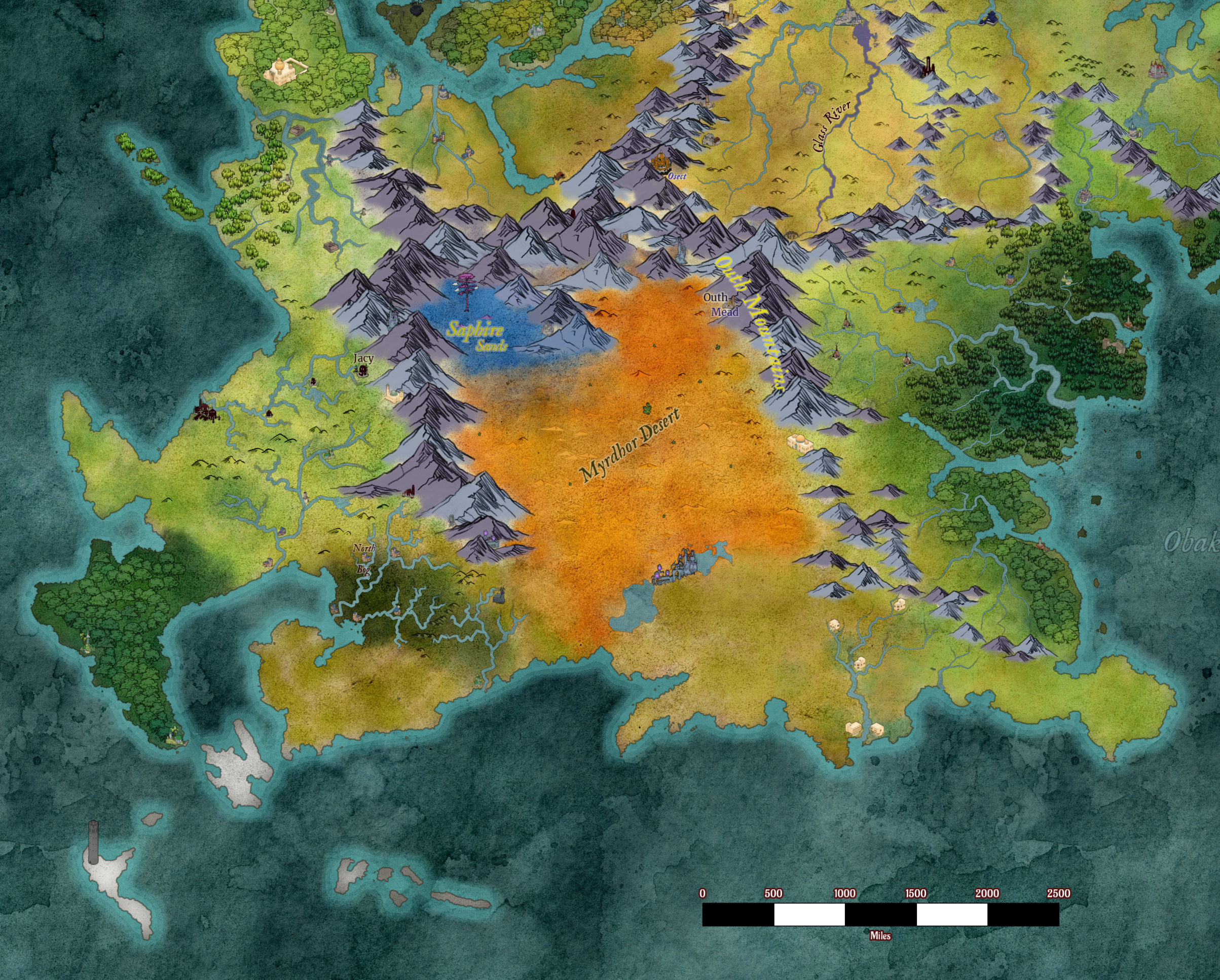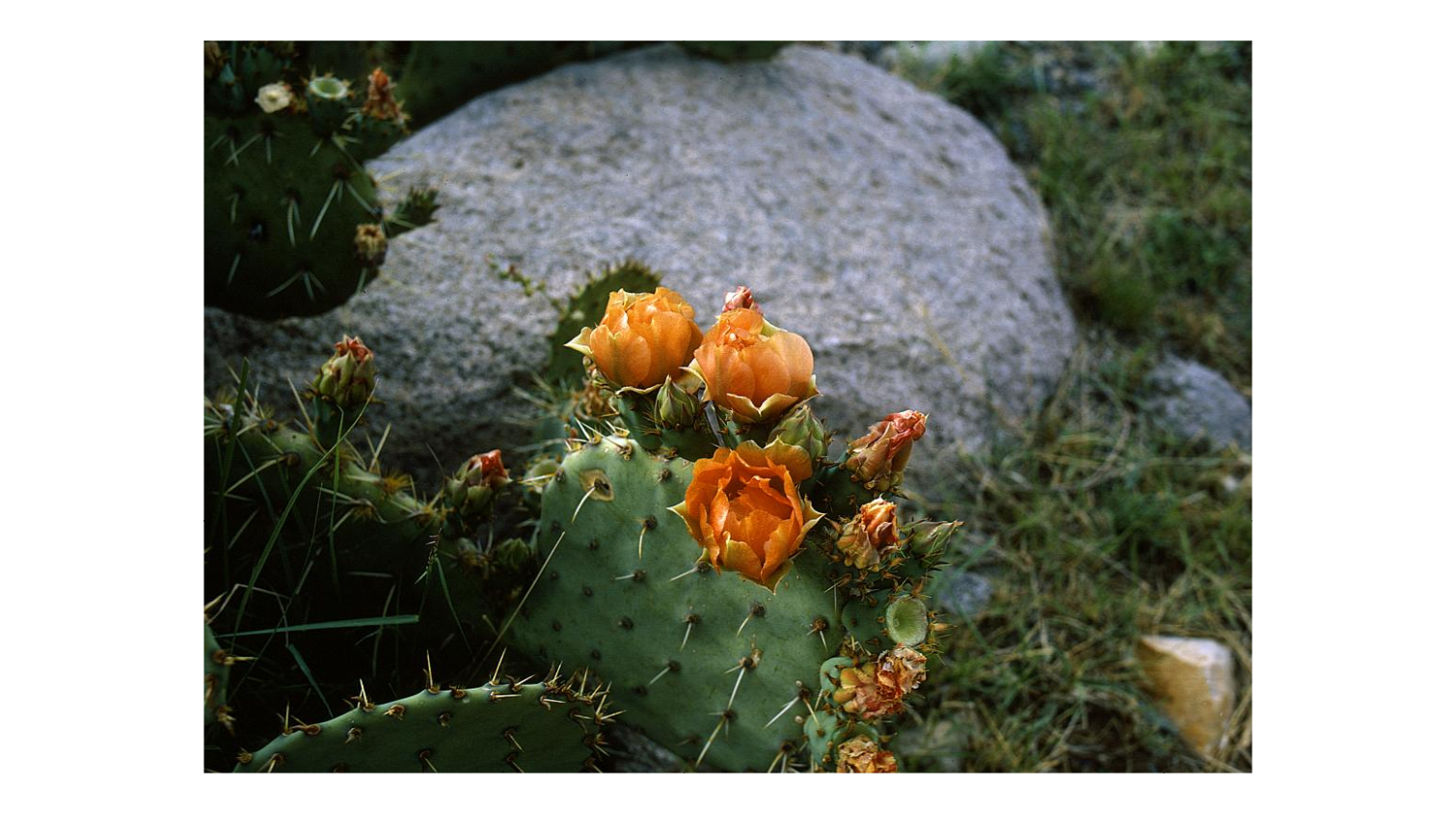Harpoon Cactus
"Sure I seen a harpoon cactus, same way anyone with sense looks at them, from a distance. If you can see the individual leaf mats you got to close, good luck or good riddance." - Jasper Cameron, Leader of The Bronze Ravens
Basic Information
Anatomy
Genetics and Reproduction
Dietary Needs and Habits
"Do you know what it was like.... DO YOU?! I had to sit there just watching and recording, as Master András had asked. First came the short cries of pain, quickly interrupted. Then I watched as their bodies crumpled to the ground, eyes wide with fear, as I think out of all of us approaching the cactus it was assumed that at least one master would avoid the harpoons... Next I watched as if weeks passed in mere hours. I watched their bodies dry out, more and more, until they looked like mummified remains or a zombie. I would have thought they were dead, but as they became more and more dehydrated it became clear, even from a yard or more away, that they all still had a steady and strong pulse. I am sure that they were still alive when the vultures and lyrebirds started in on them. I even got to watch as a brave jackal ate his last meal before falling victim to the neighboring cactus." - Hugo Kirsch, Former Apprentice to Master András.The bodies of the Harpoon cactus' victims are summarily disposed of by the various scavengers of the desert, many of whom have developed the ability to digest bone. This leaves the area around the cactus relatively free of remains.
Additional Information
Domestication
Uses, Products & Exploitation
Perception and Sensory Capabilities
Civilization and Culture
Interspecies Relations and Assumptions
Sapphire Doldrum Mead
Should one be feeling exceptionally brave, incredibly lucky, or exceedingly desperate, the brewmasters of the Order of Half-Pints will pay handsomely (3gp per fruit) for the fruit of the Harpoon Cactus in order to make their world famous Sapphire Doldrum Mead. This mead bears the same azure color often seen in calm equatorial waters. While the Half-Pints swear that there is no magic involved in its creation, it has an almost mystical calming effect which, along with its color gives the mead its name. For this reason it is often prized as the drink of choice for delicate trade negotiations and at peace talks. That being said, it has been pointed out often by Brewmaster Bellowbell that while waters in the doldrums are usually known for being calm, they are also known for their sudden violent squalls.The Last Retreat of the Charred Brigade
"We knew better. Knew... avoid the desert... but th.... th..... they were decimated, routed. We were *cough*... ordered to run.....*cough* survivors down. Twilight came, their forces just *cough* just out of reach all day. It..... it was dec... dec.... we would hunt them in the night *cough*. Used the... the usual c-c-calls to... signal... safe paths. Suddenly it sounded li...like we had... *cough* twice the scouts w...we c..c...came with. The whoop of a crane, the call of a plains owl... led us ri...right into a c...c...cactus patch... shouts of "run" and "this way"" from every direction.... make no mistake we weren't defeated... army. The birds.... who knew.... learn..... so fast. Nearly 700.... men, gone... single night. The birds..." -Unnamed scout of the The Charred Brigade , on his deathbed, Cause of death: dehydration and exposure.














Great article! I love this idea of a carnivorous cactus, the biological details you've added, and your drawing is great! :D I love that bit: "according to the experience of several scholars (all deceased)" XD You said you're still working on it, so I have a few suggestions for you: I wasn't familiar with the term "taproot", so maybe you could make a tooltip with the definition? Or add the term to your drawing. Also when you says "The plant is also theorized to have properties similar to the foxglove family", you could add what those properties are as I'm not familiar with it. Even if I can deduced some of it from the example you give, I'd like it to be more explicit. Sae for "than his outward appearance would have suggested.", you can add a description of the appearance here. And some with your last paragraph. I can deduce that the victims who follow the cries of the bird get impaled on the cactus and then the birds feed on the corpse, but the information could also be directly given. You could also populate your sidebar by adding a link to your map to show where you plant grows, and to put a list of "suggested articles" for people who want to continue reading in your world. Also, would our desert look very different from those in your world? If not, you could add a stock photo of a desert.
Thank you so much for the feedback. I dont have very many articles that I can suggest, but I hope that the additions I provided at your suggestion flushed out the article a bit more.